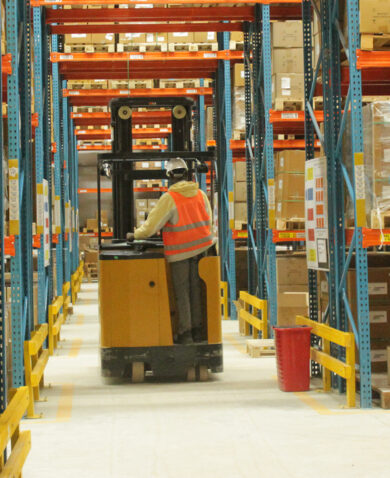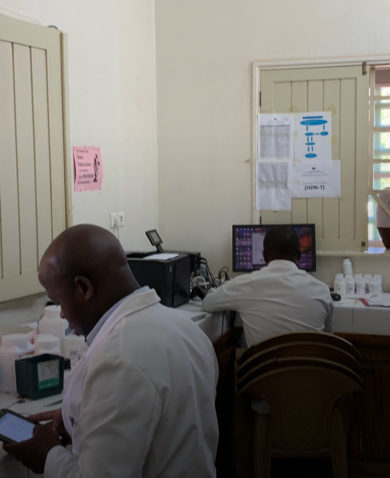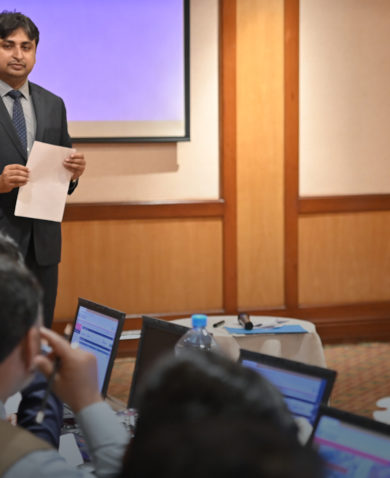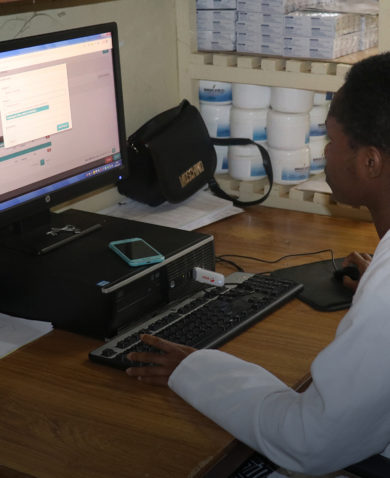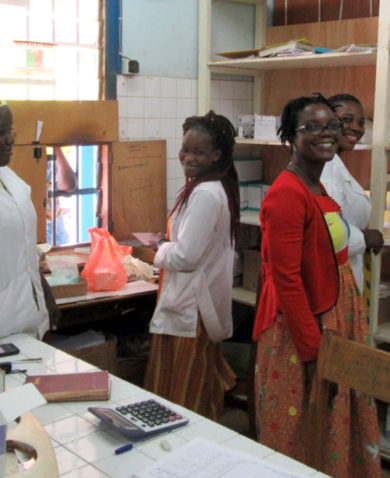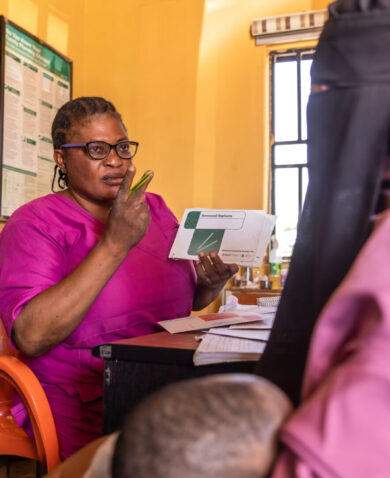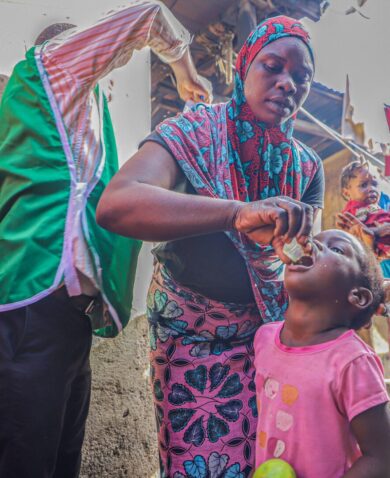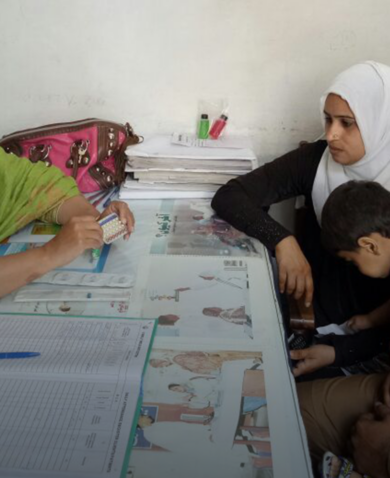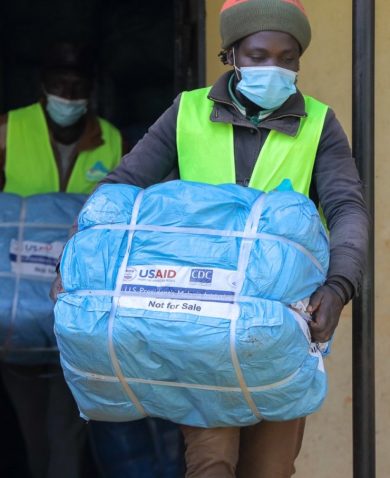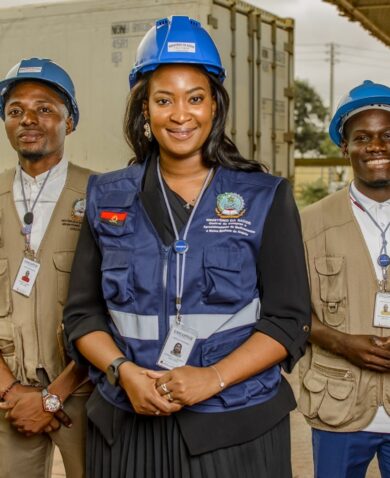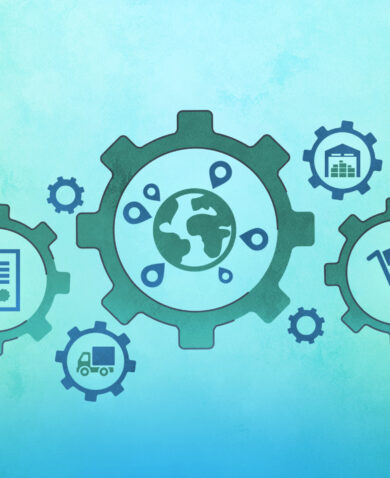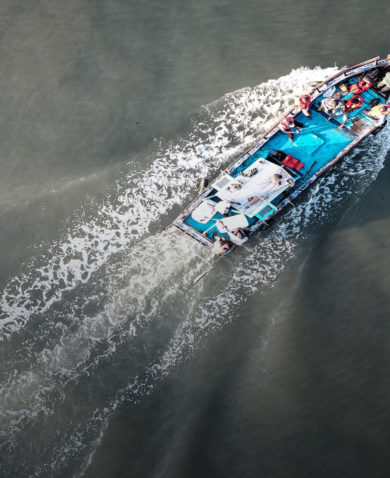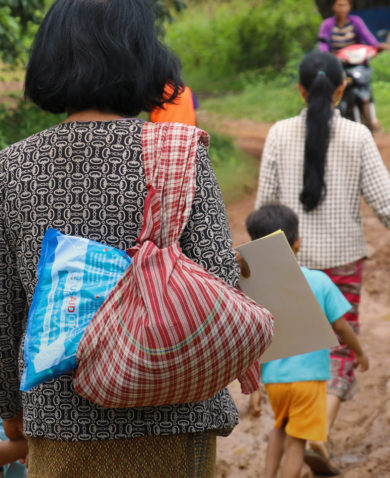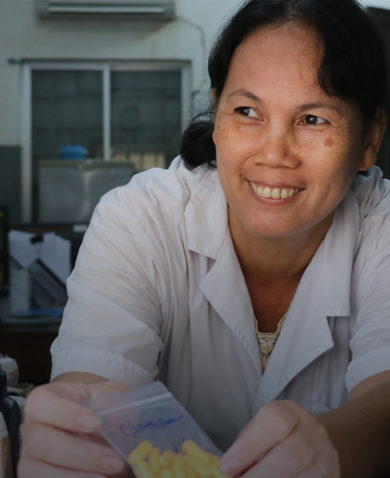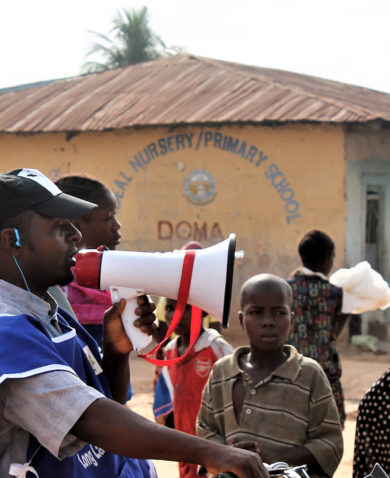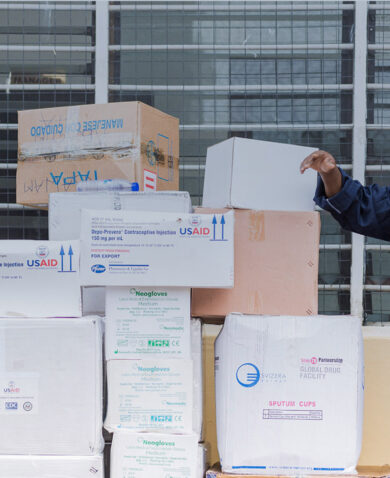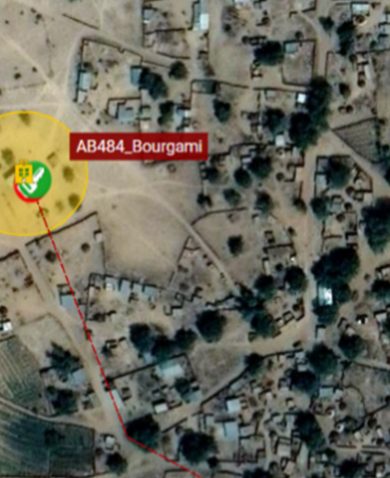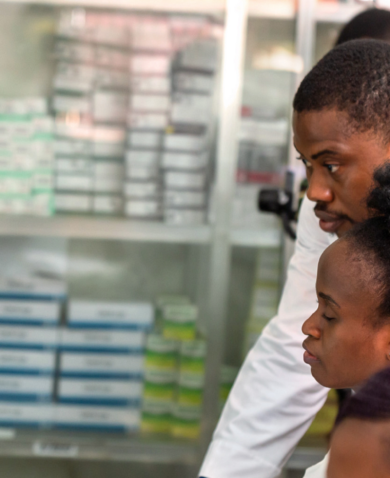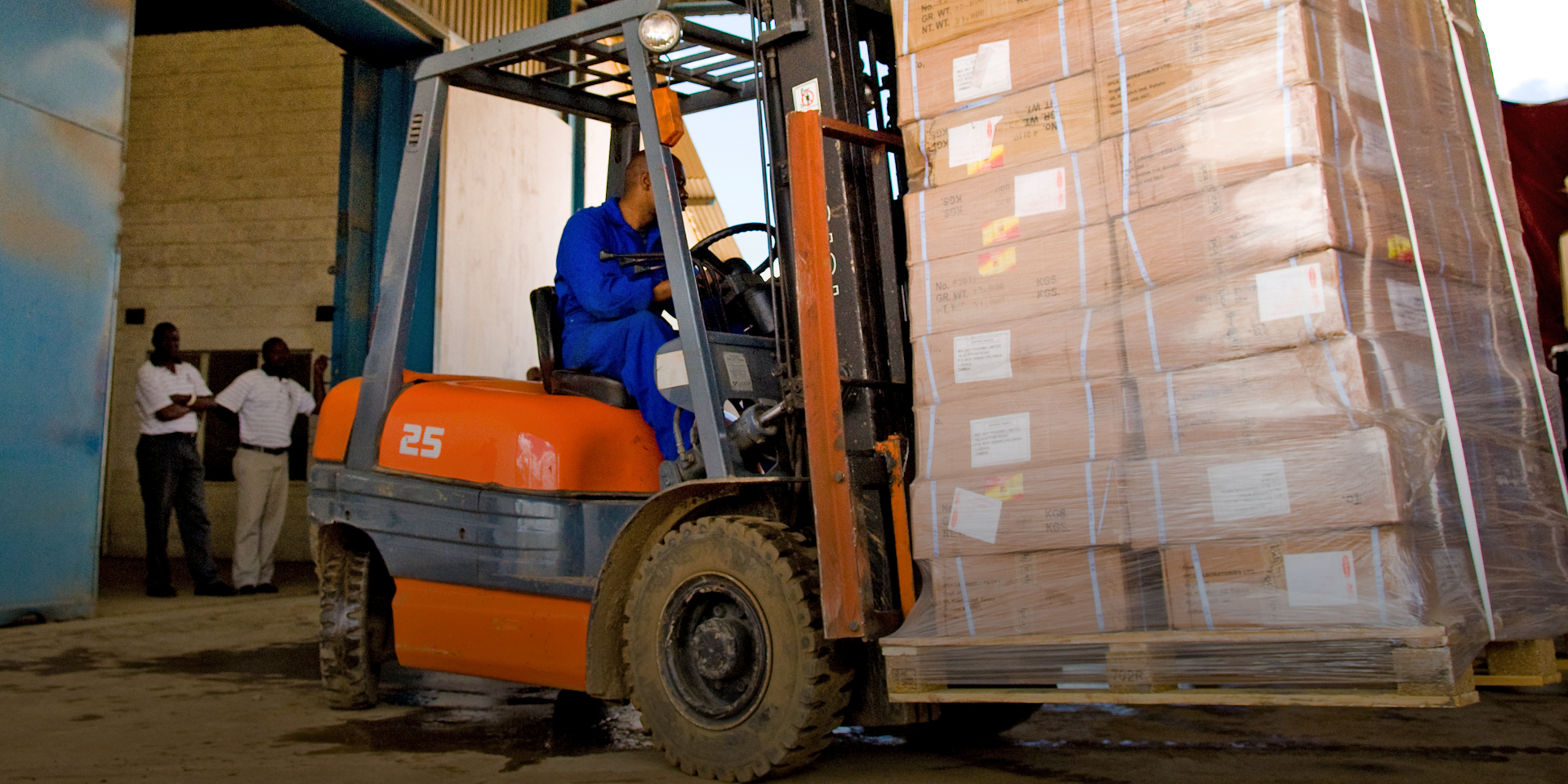
3 Questions with Tony Savelli: Saving Lives Through Health Supply Chains
July 26, 2016 | 3 Minute ReadPharmaceutical supply chain expert Tony Savelli discusses drones, data visibility, and other innovations in supply chain management.
What would you like to see GHSC-PSM accomplish over the next five years? In other words, how do you define success for GHSC-PSM?
On any project where health commodities are involved, the ultimate goal is to get high-quality commodities to those who need them, on time. That is the gold standard. For GHSC-PSM, though, we want to do a lot more than that. We want to build a global supply chain that is state-of-the-art by private sector standards, by making maximum the use of innovations in supply chain management.
We also want to take those same principles from the private sector and adapt them for use in the developing world at the country level. Information on supply chain best practices already exists and is readily available to countries — we don’t have to reinvent that wheel. Rather than conducting classroom training on the best practices, we want to teach countries the process of improving their own supply chains. If we can support countries to implement existing best practices in supply chain management, that would be a sign of success.
Our project will also produce an unprecedented amount of data about global and country-level supply chains, and we aim to share that information as broadly as possible. We hope our work will be transformational in all of the 25 to 50 countries we will work in, and we are going to have many lessons learned which we will share with the global community.
From fourth-party logistics (4PL) to Lean Six Sigma, the design of GHSC-PSM incorporates ideas and tools from the private sector. Are you particularly excited about the potential of one of these tools to help GHSC-PSM succeed?
I’m particularly excited about the analytics and data visibility capabilities of our management information system (MIS). Our global MIS solution is a combination of IBM’s e-commerce suite, Kuehne + Nagel’s global logistics system, and Chemonics’ financial management standards. The three systems will be linked, and the flow of information will be seamless. We’ll be able to give our staff, governments, donors, and suppliers access to the information they need through tailored access rights. This system will give us real-time visibility into the location of products as they move through the supply chain, as well as warehouse stock levels, and we can share that visibility with our clients and stakeholders.
The system also gives us deep analytics capabilities that will allow us to optimize the supply chain in a way that is groundbreaking for a USAID project. For example, we have already obtained and analyzed data to determine the best locations for our warehouses around the world.
The innovations we’re introducing also go far beyond the MIS. In addition to utilizing 4PLs and Lean Six Sigma, we’ll use visual management, a centralized command center, and commodity councils to improve commodity sourcing. But the backbone of the project will be our ISO quality management system. Just as we do in the Chemonics office, we will fully document how we do things through visual process mapping and regularly review those processes to eliminate waste and enhance efficiencies.
A major component of GHSC-PSM is getting high-quality medications to central warehouses in developing countries. Of course, the challenge from there becomes how to get those medications across the last mile to people who need them throughout the country, even in hard-to-reach places. How is GHSC-PSM going to address these challenges in country-level supply chains?
You can do everything right on a supply chain, from the moment a manufacturer obtains active pharmaceutical ingredients all the way to delivery to a district warehouse, but we will not save lives and alleviate suffering if a product does not end up at the health facility to offer to patients. That last mile is incredibly important.
The question on everyone’s minds is if we will be using drones. While I can’t give a definite answer, I can say that it’s something GHSC-PSM and USAID are already thinking about. When I first looked into drone technology a few years ago, the payload capacity and range of drones seemed too limited to be useful beyond a few very specific situations. Both seem to have improved a lot, making drones much more feasible for routine use.
What we can do right now is use our supply chain design and analytics capabilities to look at last mile solutions in a rigorous way. We will work with countries to determine how we can store commodities close to end users, while avoiding having so many storage sites that the supply is unreasonably expensive or difficult to operate. Another part of optimizing last mile delivery is helping countries make good decisions regarding managing their own supply chains. For example, we can encourage countries to focus on overall management of their supply chains and contract out the logistics to the private sector, who might be able to better reach isolated locations.
This is going to be a puzzle because if we end up working in 50 countries, last mile delivery may well present 50 unique challenges and 50 unique solutions. But we will encourage cross-fertilization of good ideas as much as possible, and work closely with each country to build a supply chain that achieves maximum efficiency in their context.

